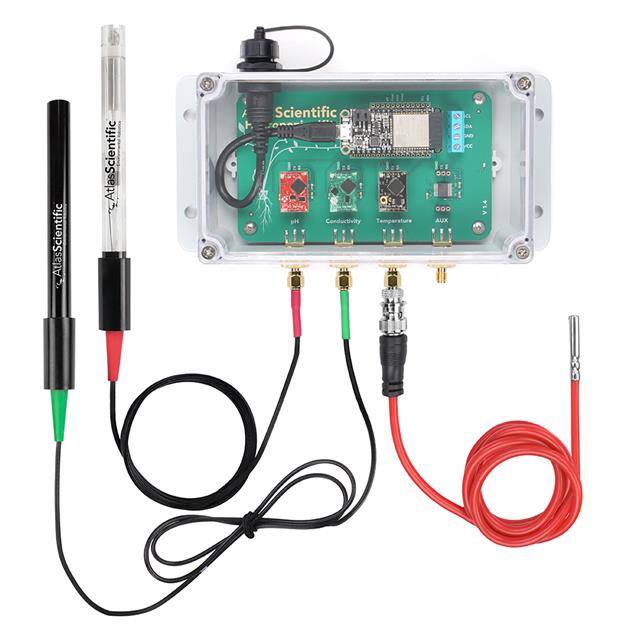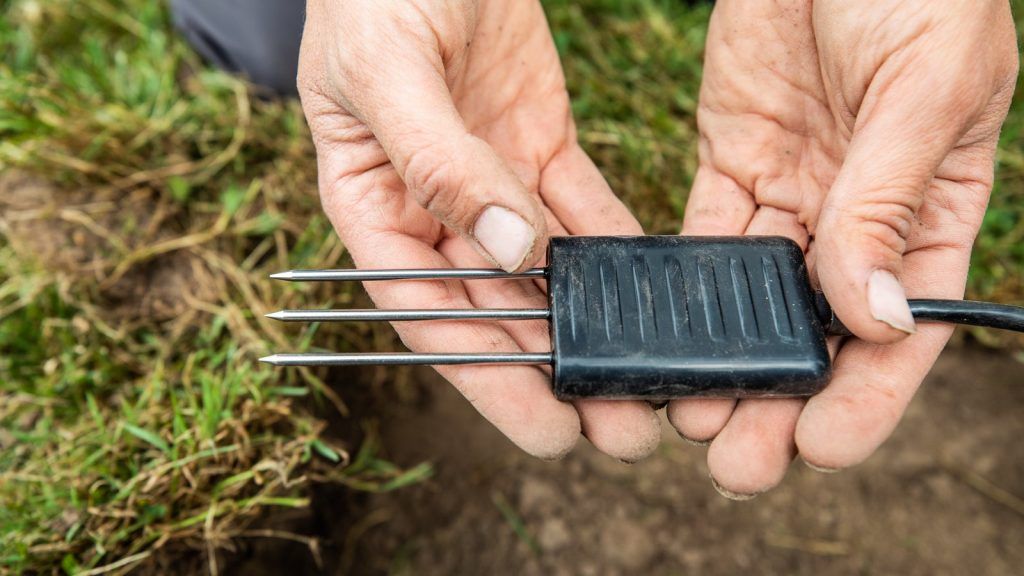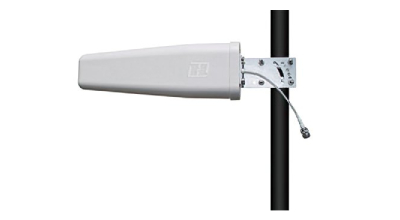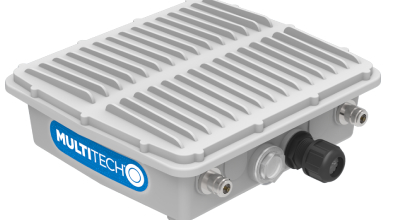
Understanding LoRaWAN Power Consumption
LoRaWAN (Long Range Wide Area Network) is a low-power, long-range wireless communication protocol designed for Internet of Things (IoT) and Machine-to-Machine (M2M) applications. It enables devices to communicate over long distances with minimal power consumption, making it suitable for battery-powered devices that need to operate for extended periods without frequent battery replacements.
To understand LoRaWAN power consumption, you should consider the following factors:
Transmission power

Transmission power: The energy required to transmit data depends on the transmission power, which affects the signal strength and communication range. Higher transmission power leads to higher energy consumption, but it can also improve the communication range.
Duty cycle

Duty cycle: LoRaWAN devices follow a duty cycle to prevent network congestion, which limits the amount of time a device can transmit data. Lower duty cycle rates result in lower power consumption, but this may also limit the amount of data that can be transmitted.
Spreading factor
Spreading factor: The spreading factor (SF) determines the duration of a LoRaWAN transmission, with higher SF values leading to longer transmission times and increased energy consumption. However, a higher SF can also improve the signal's resilience against interference and extend the communication range.
Data rate

Data rate: The data rate is the amount of information transmitted per unit of time. Higher data rates require more power but can reduce the time spent transmitting, thus reducing energy consumption.
Sleep mode
Sleep mode: LoRaWAN devices often use sleep modes to conserve energy when they are not actively communicating. The device's power consumption during sleep mode depends on the specific hardware and firmware implementations.
Device hardware
Device hardware: Different LoRaWAN devices have varying power requirements based on their hardware components, such as microcontrollers, sensors, and antennas.
Environmental factors

Environmental factors: External factors such as temperature, humidity, and distance between devices can also affect power consumption.
To optimize LoRaWAN power consumption, you can consider the following strategies:
- Use Adaptive Data Rate (ADR) to automatically adjust the data rate and transmission power based on network conditions.
- Implement a sleep mode to minimize power consumption during idle periods.
- Choose appropriate spreading factors and duty cycles that balance power consumption, communication range, and data throughput.
- Optimize the device hardware, including microcontrollers and sensors, to minimize energy consumption.
- Monitor power consumption and fine-tune settings to meet specific application requirements.


